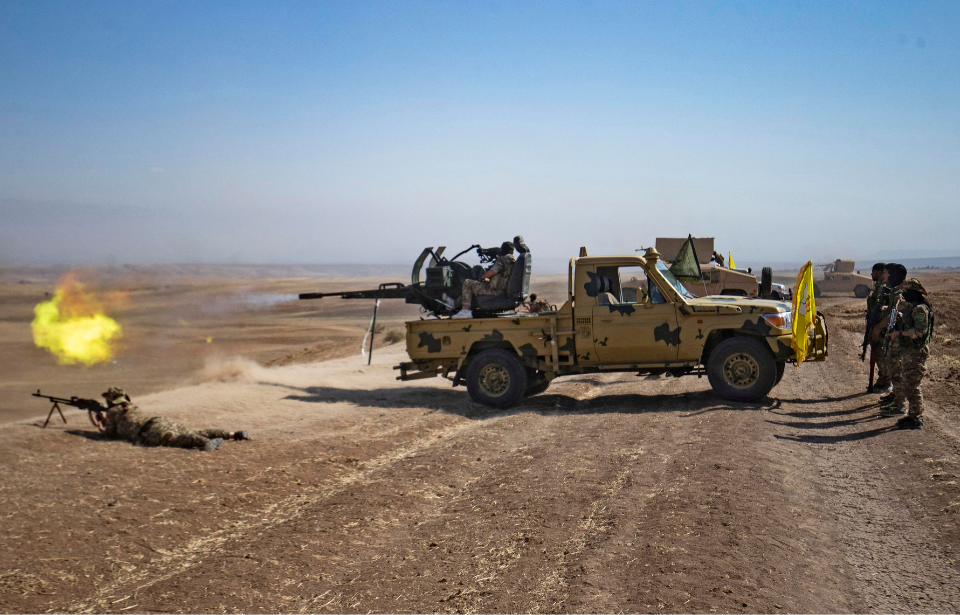In the early phases of Operation Inherent Resolve (OIR), U.S. coalition forces confronted Syrian pro-government militia and Russian private military contractors after they attacked a Syrian Democratic Forces (SDF) position near Khasham. This encounter, known as the Battle of Khasham, led to intense fighting, though no American casualties occurred.
The 2018 incident was referrred to by the media as “the first deadly clash between citizens of Russia and the United States since the Cold War.”
Operation Inherent Resolve (OIR) began in 2014
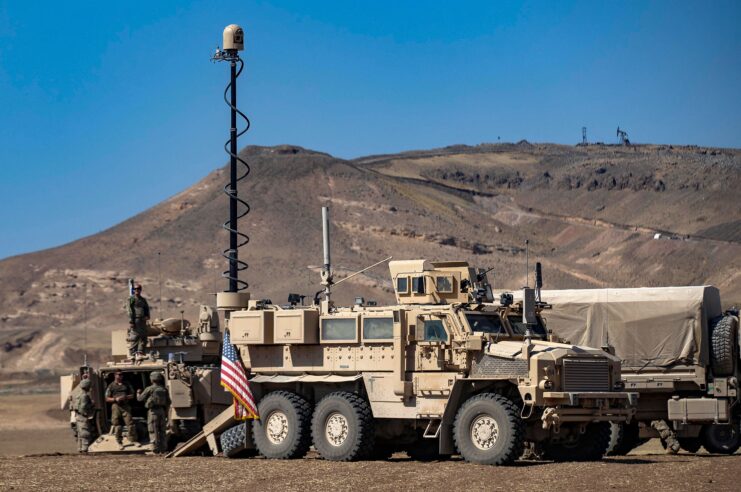
In the fall of 2014, as part of Operation Inherent Resolve, the US launched its military intervention efforts in Syria. The purpose was to fight against the Islamic State of Iraq and the Levant (ISIL) forces. By 2017, the Syrian Democratic Forces had successfully captured Raqqa, thanks to US military support, and were pushing toward the Euphrates. Located there was a deconfliction line established by the governments of both the US and Russia.
Since 2015, Russia has participated in air operations in Syria, in support of the Syrian government. Additionally, Russian private military contractors – primarily those with the Wagner Group – have been engaged in Syria. However, their involvement in ground operations was never officially confirmed by the Russian government.
A growing presence of militia fighters
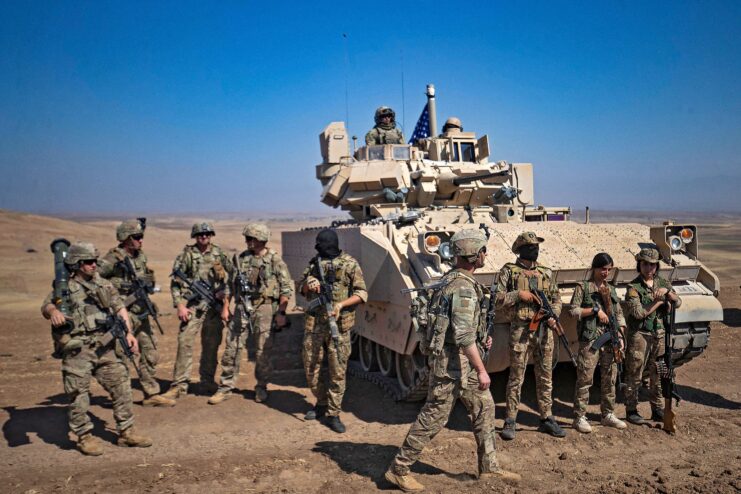
An outpost at Conoco, close to Khasham, acted as the Syrian Democratic Forces’ headquarters. There, 30 U.S. soldiers from the 1st Special Forces Operational Detachment-Delta (Delta Force) and the 75th Ranger Regiment (Army Rangers), were stationed to support Kurdish forces in the vicinity
Meanwhile, U.S. Marines and Green Berets positioned 20 miles away offered reconnaissance and surveillance support for the outpost.
On February 7, 2018, these forces found themselves increasingly encircled by over 500 pro-government militia members, reinforced by T-72 and T-55 tanks. Drone surveillance provided an early alert, enabling them to organize a quick-reaction force in case of a conflict.
Battle of Khasham commences
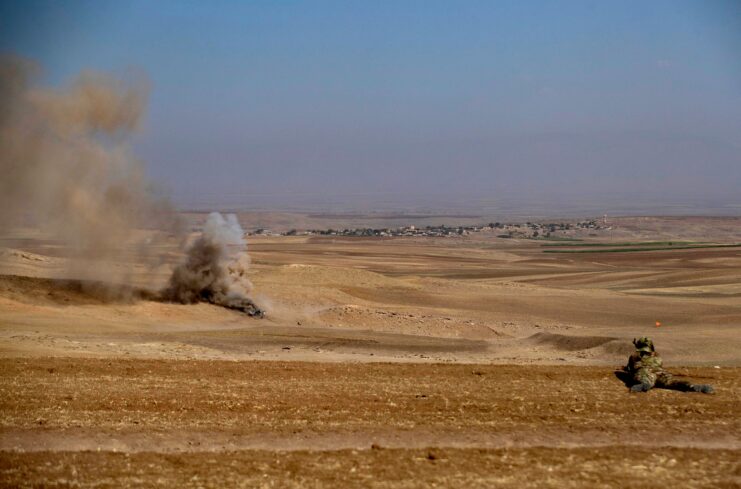
At around 10:00 PM that evening, the Russian and Syrian militia began their assault on the outpost.
Using artillery and mortar rounds in what the US officials called an “uncoordinated attack,” the American soldiers retaliated by firing Javelin anti-tank missiles. As The New York Times reported, “The air was filled with dust and shrapnel. […] For the first 15 minutes, American military officials called their Russian counterparts and urged them to stop the attack. When that failed, American troops fired warning shots at a group of vehicles and a howitzer.”
Prior to the eruption of the Battle of Khasham, military officials at the Combined Air Operations Center in Qatar had spotted the growing Russian and pro-government force and quickly deployed air support.
“American warplanes arrived in waves, including Reaper drones, F-22 stealth fighter jets, F-15E Strike Fighters, B-52 bombers, AC-130 gunships and AH-64 Apache helicopters,” The New York Times wrote. “For the next three hours, American officials said, scores of strikes pummeled enemy troops, tanks and other vehicles. Marine rocket artillery was fired from the ground.”
Late arrival of the quick response forces
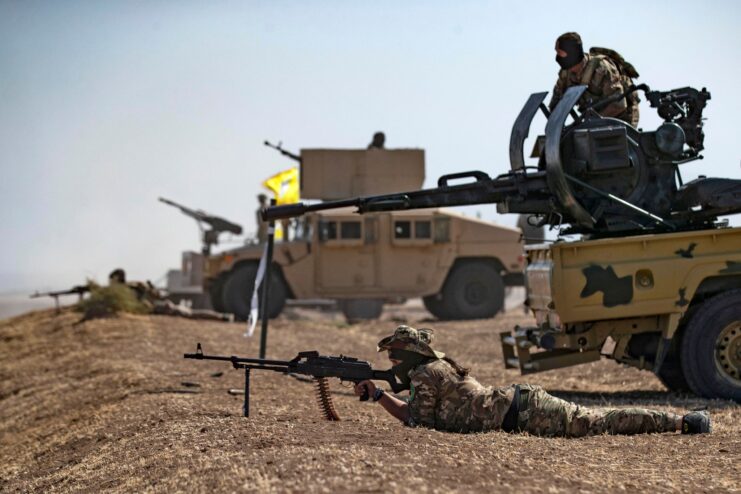
The Battle of Khasham lasted about three hours before a quick response force of Marines and Green Berets arrived. To maintain the element of surprise, the drivers relied on night vision equipment to navigate the dark terrain, avoiding the use of headlights.
The roads were littered with challenges, “littered with felled power lines and shell craters.” At a point, the force had to halt their advance because “the barrage of artillery was too dangerous to drive through until airstrikes silenced the enemy’s howitzers and tanks,” as reported by The New York Times.
The quick response force finally reached the area at 1:00 AM, just as enemy vehicles were engulfed in flames and the attackers were shifting to an on-foot assault.
Aftermath of the Battle of Khasham and transparency
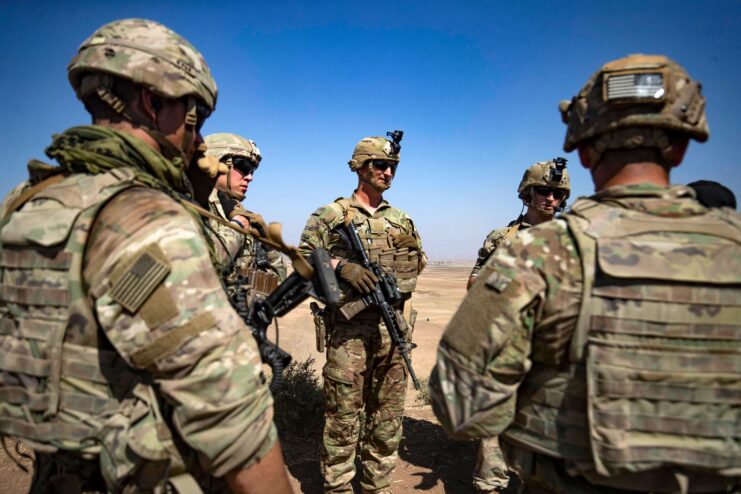
The Battle of Khasham came to a close not long after. when the enemy finally retreated. No American troops were harmed in the engagement, whereas between 200-300 of the enemy fighters were killed.
When it came time to address the situation, US officials were transparent about what had occurred. They explained how the pro-government forces, along with the Russians, had initiated the attack against the Syrian Democratic Forces while the Americans were east of the Euphrates deconfliction line.
The Russian Ministry of Defence provided their own statement regarding the Battle of Khasham, stating how it had been caused by reconnaissance conducted by Syrian militias that hadn’t been cleared by the Russian operations command. They insisted that there were no Russian service members in the designated district of Dei ez-Zor province.
US officials kept in constant contact with the Russians
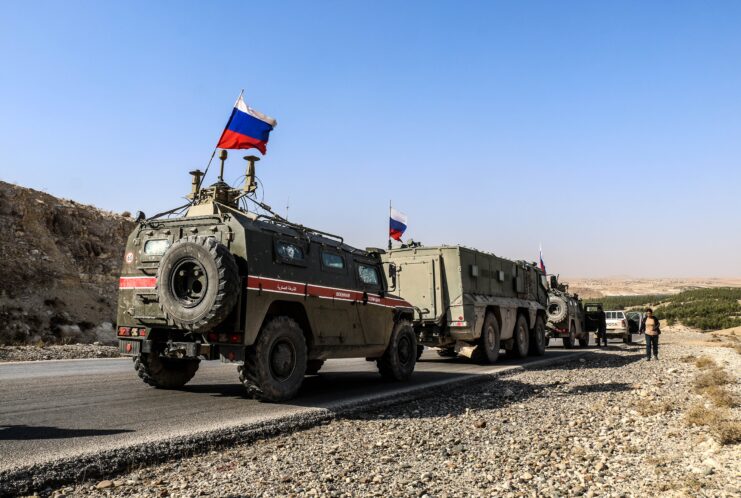
Following the Battle of Khasham, Lt. Gen. Jeffrey L. Harrigian, commander of the US Air Forces Central Command, said that, prior, “The coalition observed a slow buildup of personnel and equipment the previous week, and we reminded Russian officials of the SDF and coalition presence via the telephone deconfliction line. This was well in advance of the enemy forces’ attack.”
Throughout the engagement, US officials were in constant contact with the official Russian liaison officer in Deir ez-Zor. They made sure only to open fire once they were told that absolutely no regular Russian troops were participating.
Did the Russians approve of the Battle of Khasham?
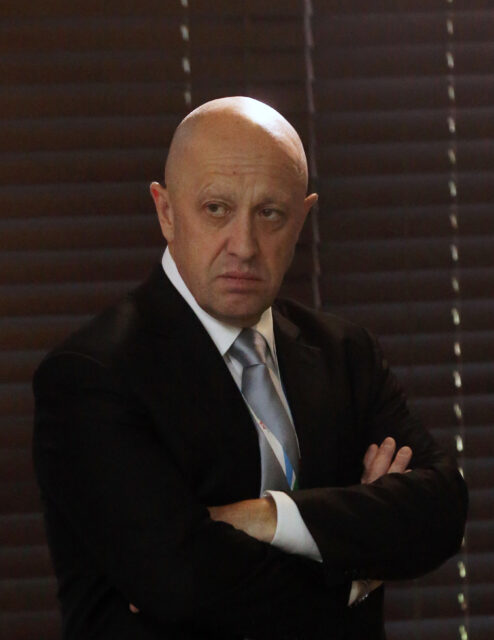
While Russian officials claim they had no part in authorizing the attack at Conoco, two sources alleged that a Russian minister was involved. On February 22, 2018, The Washington Post published an article alleging that communications between the late leader of the Wagner Group Yevgeny Prigozhin and senior Syrian and Kremlin officials had been intercepted.
In these communications, Prigozhim was said to have “secured permission” from an unnamed Russian minister to go ahead with an attack and that all that was needed was approval from the Syrian government. Additionally, the Ukraine-based anti-Russian publication InformNapalm alleged the attack had been cleared by Sergej Kim, the chief of Wagner’s operations department and a former Russian naval infantry officer.
More from us: The US Army Attempted to Cover Up the True Nature of Pat Tillman’s Death In Afghanistan
Want War History Online‘s content sent directly to your inbox? Sign up for our newsletter here!
Despite these claims, Russian officials continued to assure the public that they weren’t involved in the attack.
